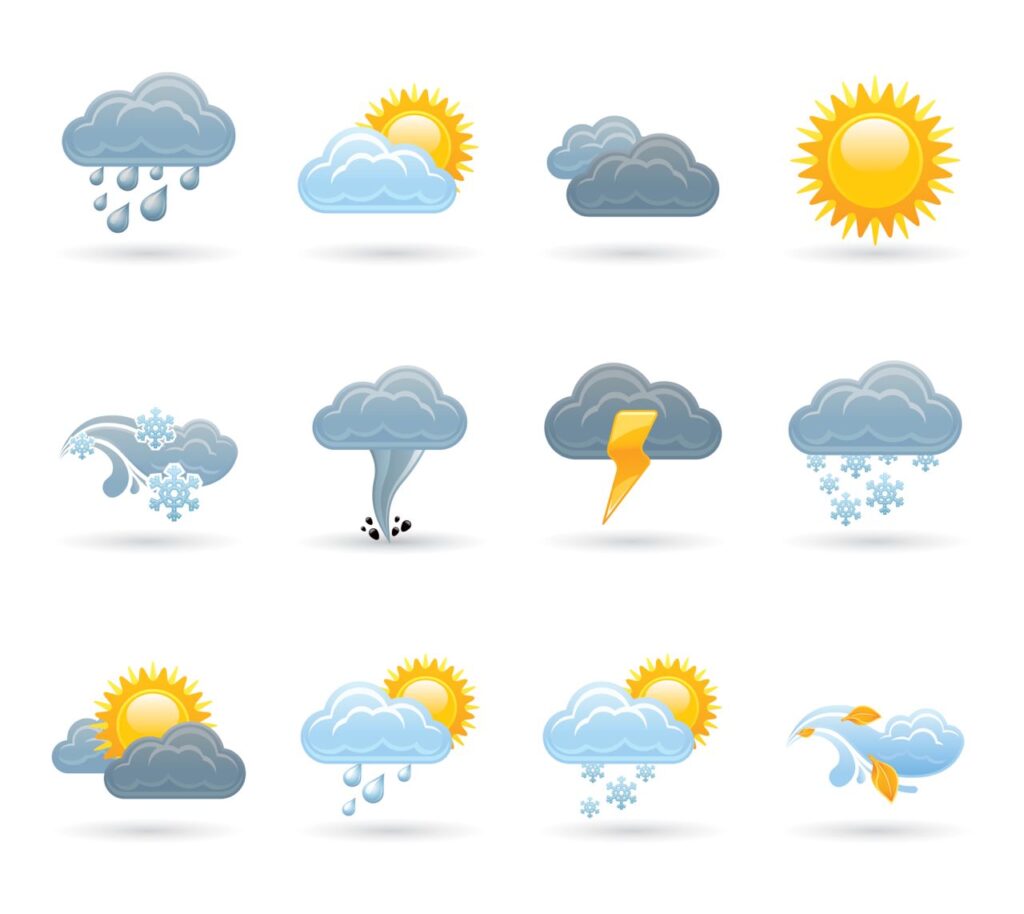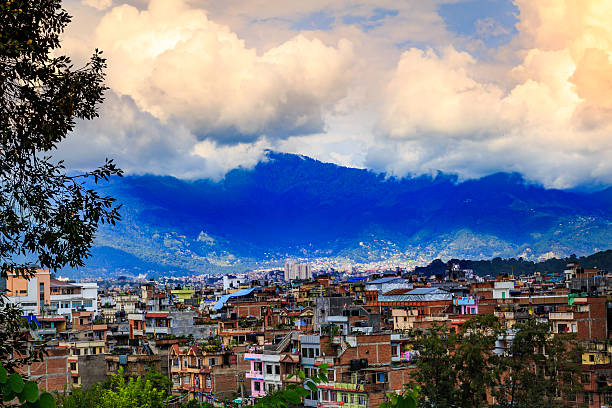The Department of Hydrology and Meteorological Forecasting has reported a marked change in Nepal’s weather patterns, with most parts of the country currently experiencing the partial influence of local wind systems. As a result, temperatures are on a steady rise, affecting daily life and prompting concern from health and environmental agencies.
The department’s latest bulletin states that the temperature is projected to increase in most areas of the country, with the exception of the high hilly and mountainous regions. In particular, the Kathmandu Valley has seen a consistent uptick in temperatures over the past few days. Today, the maximum temperature in the capital is expected to hover between 31 to 33 degrees Celsius, well above the seasonal average.

Meteorologists warn that this trend of rising temperatures is likely to persist throughout the week. The elevated heat levels are being attributed to localized wind activity and a lack of substantial rain in many regions. As the local wind continues to influence the atmosphere, provinces like Bagmati, Gandaki, Lumbini, Sudurpaschim, and Madhes are at risk of experiencing extreme heat conditions.
The Terai region, especially in Lumbini Province, is forecasted to be the hardest hit by the heat wave. The combination of high humidity and elevated temperatures could pose health risks, especially for vulnerable groups such as children, the elderly, and those with pre-existing health conditions. Authorities have advised people in these regions to stay hydrated, avoid outdoor activities during peak sunlight hours, and take necessary precautions to combat heat-related illnesses.
Despite the soaring temperatures, the weather forecast also includes the likelihood of some relief in the form of light precipitation in certain parts of the country. According to the division, the hilly regions of Koshi, Gandaki, and Karnali provinces may witness partly to generally cloudy conditions. Light rainfall, accompanied by thunder and lightning, is likely to occur at one or two locations within these areas.

In addition, the high hilly and mountainous regions of Koshi, Gandaki, and Karnali may experience isolated instances of snowfall and light rain. This is a typical occurrence during transitional weather phases in these elevations, where the temperatures remain low enough to support snowfall despite warmer conditions in the lowlands.
Tonight, the weather pattern is expected to follow a similar trajectory. The forecast indicates that extreme heat will continue to affect large areas in Bagmati, Gandaki, Lumbini, Sudurpaschim, and Madhes provinces. The possibility of a hot wave remains high in the Terai belt of Lumbini Province, potentially increasing discomfort and the risk of heatstroke.
The night-time weather is anticipated to be partly cloudy in the hilly belts of Koshi, Gandaki, and Karnali provinces, while other parts of the country will see fair skies. Light rain and snowfall may occur in the high hills and mountainous zones, maintaining the region’s typical climatic behavior.
The Department has urged residents and local authorities to remain vigilant and keep an eye on daily weather updates. Given the increased risk of heat-related health problems and the chance of sudden weather changes in mountainous regions, awareness and preparedness have become essential.

Health professionals across the affected regions are also advising the public to drink plenty of fluids, wear light-colored clothing, and avoid exposure to direct sunlight during peak hours. For those living in areas susceptible to heat waves, simple preventive measures could significantly reduce health risks.
Tourism operators and trekkers have also been cautioned. With some regions forecasted to receive light snowfall, particularly in higher altitudes, travelers should check weather forecasts before venturing into remote mountainous areas. Although the lower regions are grappling with heat, the higher altitudes continue to be influenced by the seasonal transition, which brings occasional snow and rain.
This mixed weather scenario presents a challenge for both local communities and tourists, as it demands adaptive strategies for agriculture, health, travel, and outdoor activities. Farmers, in particular, are advised to remain alert, as extreme heat can affect crop yield and livestock health.
In conclusion, while much of Nepal is grappling with increasing heat due to the partial influence of local winds, certain regions continue to display the country’s diverse and dynamic climatic behavior. With the right precautions and timely updates from meteorological authorities, residents and travelers alike can navigate this phase of seasonal transition safely and efficiently. The Department of Hydrology and Meteorological Forecasting continues to monitor the situation closely and will provide timely updates through its official platforms.






